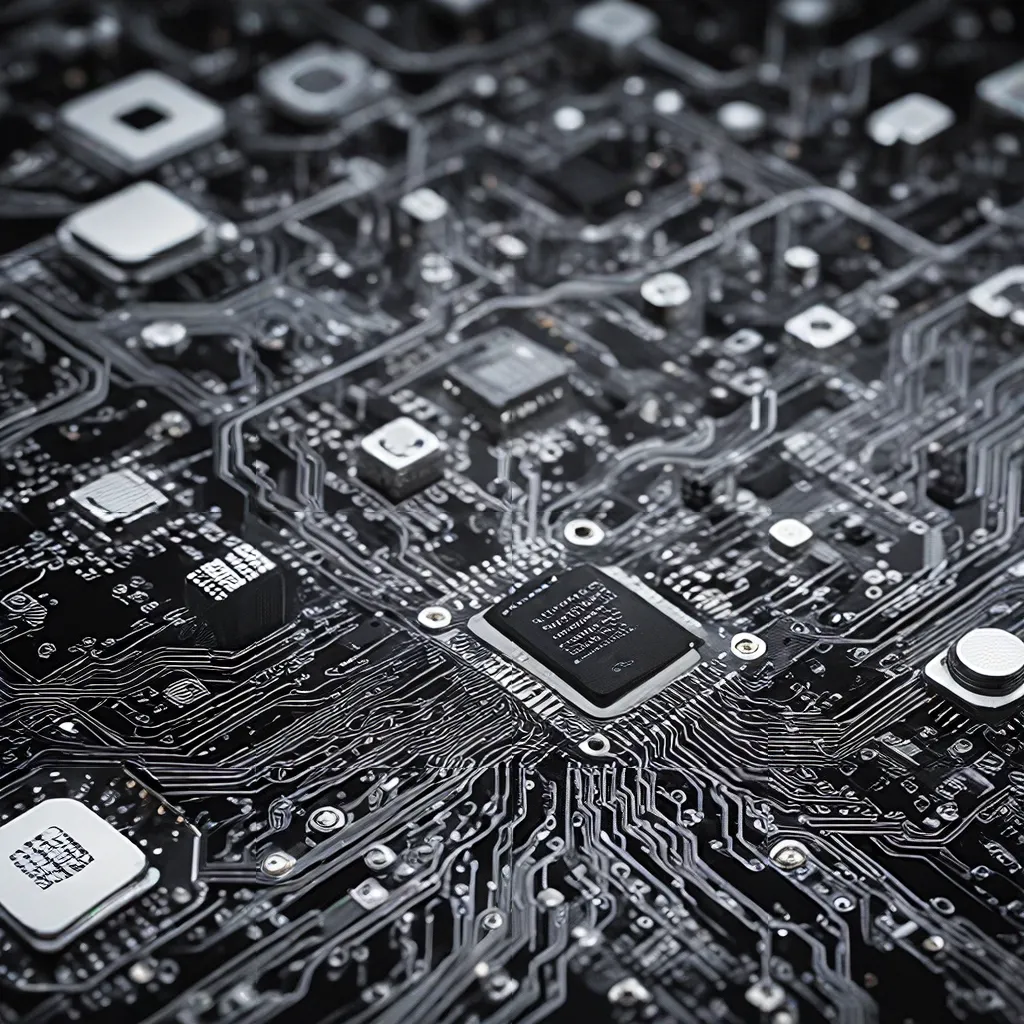
The Internet of Things (IoT) has emerged as a transformative technology, connecting a multitude of physical objects embedded with sensors and actuators to enable seamless communication and data exchange over the internet. This interconnected network of things holds immense promise for revolutionizing industries such as healthcare, agriculture, transportation, and smart cities, offering unprecedented levels of efficiency and convenience. However, the widespread adoption of IoT devices has also exposed critical security vulnerabilities that pose significant risks to data privacy, system integrity, and overall network resilience.
Exploring the IoT Security Landscape
IoT architectures typically consist of five distinct layers: the Sensing Layer, Network Layer, Middleware Layer, Gateway Layer, and Application Layer. Each layer leverages diverse technologies, giving rise to various challenges and security threats that must be addressed to ensure the overall security and resilience of IoT ecosystems.
Securing the Sensing Layer
The Sensing Layer is intricately linked with physical sensors and actuators, where sensors detect the physical phenomena in their surroundings, and actuators execute tasks based on the information gathered. This layer is vulnerable to a range of security threats, including sensor tampering, false code injection, side-channel attacks, eavesdropping, and increased power consumption. Adversaries may target sensors and actuators, gaining unauthorized control over them, or inject malicious code that can compromise the entire IoT system.
Securing the Network Layer
The Network Layer plays a crucial role in transmitting sensor data from the Sensing Layer to the server for processing. This layer is susceptible to various security issues, such as phishing attacks, Distributed Denial of Service (DDoS) attacks, and routing attacks. Attackers can disrupt services, divert traffic through compromised nodes, or establish tunnels to circumvent security protocols, posing significant threats to the overall network functionality.
Securing the Middleware Layer
The Middleware Layer functions as a vital link between the Network and Application Layers, delivering computing and storage capabilities while providing APIs to fulfill the requirements of the Application Layer. This layer is not immune to attacks, with potential threats including man-in-the-middle attacks, SQL injection, signature wrapping attacks, and cloud malware injection. Adversaries may gain unauthorized access to the broker, infiltrate the cloud infrastructure, or exploit vulnerabilities in the middleware components, compromising the entire IoT application.
Securing the Gateway Layer
The Gateway Layer plays a crucial role in connecting users and cloud services in the IoT architecture, handling the encryption and decryption of information and managing protocols across different layers. However, this layer is also vulnerable to security threats, such as man-in-the-middle attacks, key tampering during onboarding, and issues with secure firmware updates. Ensuring the integrity and confidentiality of data transmission through the gateway is essential to safeguarding the overall IoT ecosystem.
Securing the Application Layer
The Application Layer, as the end-users layer, is in charge of offering services to users across a variety of domains, such as smart homes, smart meters, smart cities, and smart grids. However, this layer is susceptible to several attacks, including information theft, access control attacks, service interruption attacks, false code-sending attacks, sniffing attacks, and reprogramming attacks. Adversaries may exploit vulnerabilities in the application layer to gain unauthorized access, disrupt services, or compromise sensitive information.
Addressing IoT Security Challenges
To secure IoT environments and applications, researchers and industry stakeholders have explored various solutions, including blockchain-based, fog computing-based, machine learning-based, and edge computing-based approaches.
Blockchain for IoT Security
Blockchain technology has emerged as a promising solution for enhancing security within the IoT landscape. By leveraging a distributed, decentralized, and shared ledger, blockchain can improve transparency, visibility, and trust for users. Blockchain offers several advantages for IoT security, such as secure information storage, encryption using hash keys, prevention of information loss and spoofing attacks, and elimination of centralized cloud servers. The integration of blockchain with the Merkle tree data structure further enhances the security and efficiency of IoT communications.
Fog Computing for IoT Security
Fog computing, introduced by Cisco, serves as a complementary approach to cloud computing, bringing computational resources closer to the edge of the network. This proximity enables faster data processing, reduced latency, and enhanced efficiency, addressing specific challenges faced by IoT. Fog computing can help mitigate security threats by functioning as a security layer, securing information during transit, reducing eavesdropping, and providing incident response services. However, the integration of fog computing also introduces new security and privacy risks that require careful assessment and mitigation strategies.
Machine Learning for IoT Security
The domain of machine learning (ML) has garnered significant attention in the realm of IoT security, offering a dynamic and adaptive layer to enhance the resilience of IoT devices against cyber threats. ML-based techniques can be employed to detect anomalies, identify potential attacks, and implement predictive maintenance models, thereby strengthening the overall security posture of IoT ecosystems.
Edge Computing for IoT Security
Edge computing, an extension of cloud computing, plays a crucial role in addressing IoT security challenges. By processing and analyzing data closer to the edge of the network, edge computing can minimize data exposure, enhance information compliance, improve response times for safety-critical applications, and reduce bandwidth requirements. This decentralized approach helps mitigate various security risks, such as information breaches, unauthorized access, and denial-of-service attacks.
Embracing a Comprehensive Security Approach
Securing the IoT edge requires a multifaceted approach that combines the strengths of various security solutions. By integrating blockchain, fog computing, machine learning, and edge computing, IoT stakeholders can create a robust and resilient ecosystem that addresses the evolving security challenges posed by the proliferation of sensor-enabled devices.
As the Internet of Things continues to expand its reach across diverse industries, maintaining a strong security posture is paramount. By addressing the vulnerabilities inherent in IoT architectures and leveraging emerging technologies, industry leaders, researchers, and policymakers can work together to fortify the security and resilience of sensor-enabled devices. This collaborative effort is crucial to unlocking the full potential of IoT and ensuring a safer, more secure, and interconnected future.
To learn more about the latest advancements and best practices in sensor network design, IoT applications, and energy management, visit sensor-networks.org.